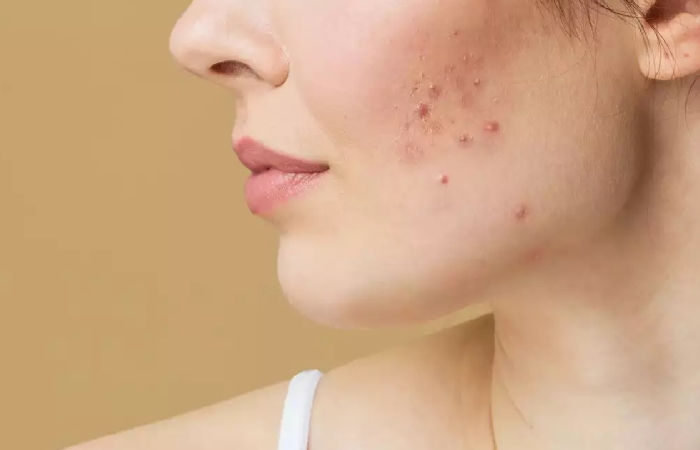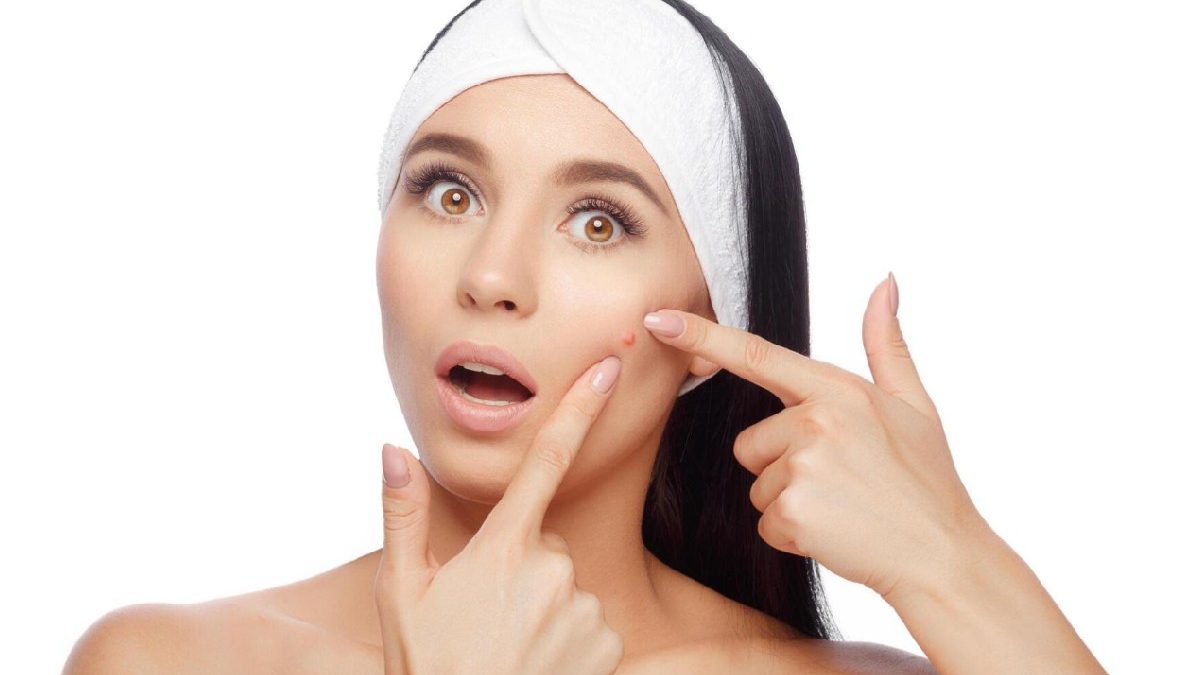Table of Contents
Introduction
Acne is caused after tiny holes in the skin, recognized as hair sacs, become blocked.
Sebaceous glands are tiny glands that originate near the surface of your skin. The glands are attached to hair follicles, small holes in your skin that a specific hair raises out of.
Sebaceous glands grease the hair and skin to prevent them from drying. They do this by producing an oily matter called sebum.
In acne, the glands start to produce too much sebum. The extra sebum mixes with dead skin cells, and both matters form a plug in the follicle.
Normally harmless bacteria on the skin can contaminate and infect the plugged follicles, causing papules, pustules, nodules or cysts. Since you’re interested.
Testosterone
Teenage acne remains thought to be triggered by increased levels of a hormone called testosterone, which occurs during puberty. The hormone plays a vital role in stimulating the growth and development of the penis and testicles in boys and maintaining muscle and bone strength in girls.
The sebaceous glands are susceptible to hormones. For example, it’s thought that increased testosterone levels cause the glands to produce much more sebum than the skin needs.
Acne in Families
Acne can run in families. So if your parents have spots, it’s likely that you’ll also develop them.
One study has found that if your parents had acne, you’re more likely to get plain acne at an early age. It also originates that if one or both of your parents had adult acne, you’re more likely to get it too.
Acne in Women

Women are more likely to have grown acne than men. It’s thought that many belongings of adult acne remain caused by the variations in hormone levels that many women take at certain times.
These times include:
Periods – some females have a flare-up of acne just before their period
Pregnancy – many women have signs of acne at this time, usually during the first three months of their pregnancy.
Polycystic ovary syndrome – a common disorder that can cause acne, weight gain and the creation of small cysts inside the ovary
Other Triggers
Other possible triggers of an acne flare-up include:
Some makeup products – however, this is less common as most products remain now tested, so they do not produce spots (non-comedogenic).
Certain medications – such as steroid medicines, lithium (used to treat depression and bipolar disorder), and some drugs used to treat epilepsy.
Regularly wearing items that place pressure on an affected area of skin, such as a headband or backpack.
Smoking – which can contribute to acne in older people.
Acne Myths
Despite being one of the most widespread skin conditions, acne is also one of the most poorly understood. There are many myths and misconceptions about it:
‘A poor diet causes acne
So far, the search has not found any foods that cause acne. Instead, a healthy, balanced diet remains recommended because it’s good for your heart and health.
‘Acne is caused by not having clean skin and poor hygiene
Most of the biological reactions that trigger acne occur beneath the skin, not on the surface, so the cleanliness of your skin does not affect your acne. Washing your face extra than twice a day could aggravate your skin.
Conclusion
There’s no conclusive evidence that prolonged sunlight exposure, sunbeds, or sunlamps can improve acne. In addition, many medicines used to treat acne can make your skin more sensitive to light, so exposure could cause painful damage and increase your risk of skin cancer.

